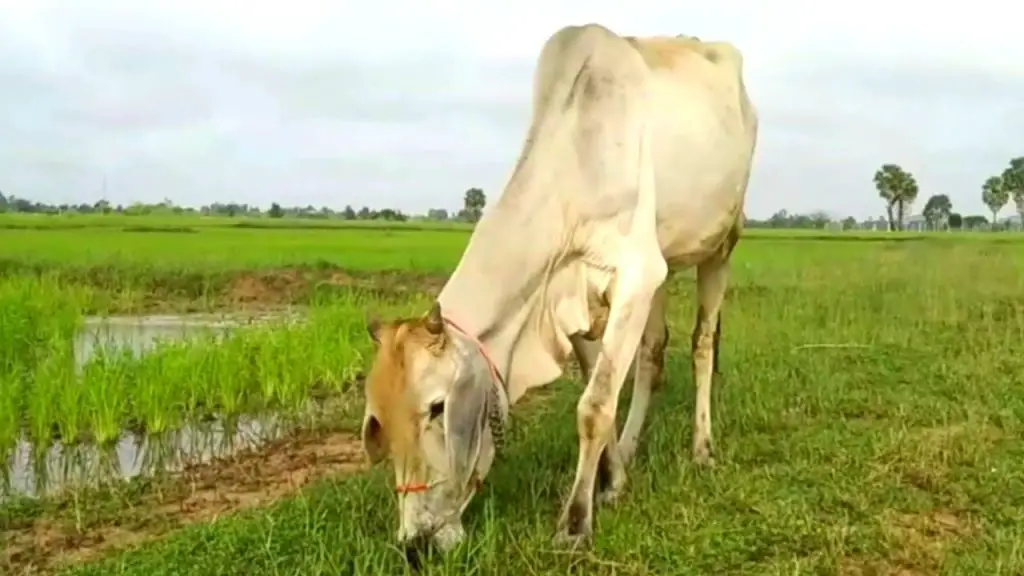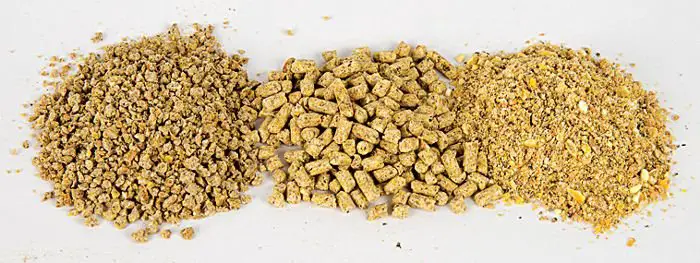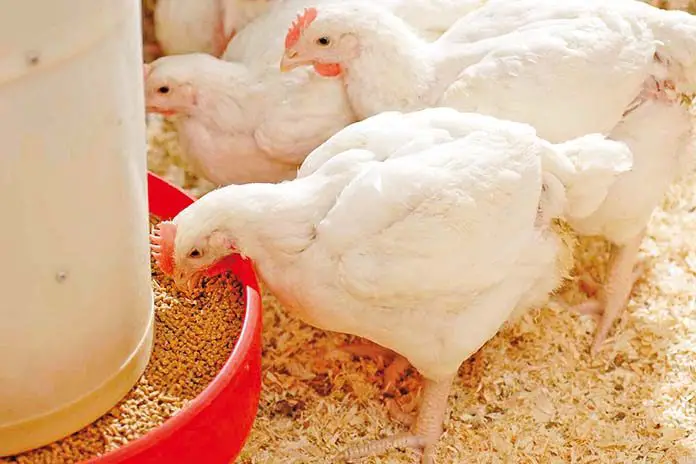Rice is one of the most common cereals consumed and grown across the world; mostly in Asia and Africa. It is the third most important agricultural commodity after sugar cane and maize, rice is a small grain cereal that requires a lot of water to produce hence grown in marshlands. With large amounts of rice grown each year, there also comes with it large quantities unfit for human consumption and by-products from its processing. These rejects and by-products can be fed to cows as substitutes for traditional grains such as maize.
Contents
History of Rice
Rice is thought to have been originally domesticated in China and is ideally cultivated in climates with a lot of rain and low labor costs. It then spread across the globe given its ability to grow on almost any terrain and yield many crops per year. Other species were domesticated independently in Africa and the Americas. The continual breeding of rice and its global spread has led to many varieties of rice being grown in many regions of the world.
Nutritional Profile of Rice
Rice is relatively low in protein and fat but high in starch, which gives it a high energy value. The tough rice husk, however, tends to lower the digestibility of the grain, and some form of processing, like grinding, is required to improve its digestibility. Most rice available for cattle feeding is either rough paddy rice or processed polished rice. Due to the removal of the husk from polishing the polished rice is lower in fiber and high in carbohydrates. Broken rice has an average protein level of 9% which is similar to maize but richer in the amino acid lysine than maize and other grains. Unpolished rice has higher fiber levels which leads to lower protein and starch levels due to the dilution effect of fiber. Polished rice will have an average starch content of 80% while unpolished averages 65%, and protein levels in unpolished rice drops to about 7%. There is little in terms of differences between different varieties of rice in terms of their nutritional profiles, most of the differences come from the level of processing.
Rice By-products
Rice can only be consumed by humans after polishing as the hard husk is difficult to digest due to its high fiber content. This process produces rice bran which is a useful by-product for cow feeding and is available full-fat or defatted. The full-fat rice bran can provide energy and fiber to cows but care should be taken as the fat quickly goes off affecting the bran’s palatability. Rice straw left over from rice harvesting is also an important feed for cows as it is especially high in fiber also.
What is The Importance of Fiber in Ruminant Digestion?
One key nutrient that can never be overlooked when feeding cows is fiber, as fiber is critical to the normal function of the rumen. Fiber is used by the rumen microbes to produce important volatile fatty acids which are used by cows for nutrition. Fiber also encourages more through chewing and the production of more saliva, in the rumen fiber forms a fine mat, this helps buffer and protect the rumen ensuring efficient digestion. Without fiber, the rumen with become too acidic a condition termed acidosis, and/or stop working altogether which can be lethal to cows. Rice and its by-products are especially useful in this regard as they are high in fiber.
Advantages of Feeding Rice to Cows
Feeding rice to cows has many advantages, chiefly that rice can supply both energy and fiber to maintain the cow’s digestion. Rice has been fed to many livestock such as cattle, buffalo, and even non-ruminants across the globe, in areas where supply is abundant. Rice also does not contain any antinutritional factors, hence poses very little risk when feeding to cows, this is particularly true for unprocessed rice. Although rice is low in protein it has a good overall amino acid profile, high in lysine, which improves the amount of rumen microbial protein available to the cow. Where large amounts of rejected rice and rice by-products are available, they can be a cost-effective way to substitute for expensive grains like maize.
Constraints of Feeding Rice to Cows
Rice has a very low protein level, hence when feeding rice to cows, protein supplements are required in higher amounts. Unpolished rice is difficult to digest even for cows hence the grain has to the ground up first before feeding to cows to unlock the starch. This limits the amount of rice that can be fed to cows as the undigestible fiber content can be too high. On the other hand, polished rice can be rapidly digested leading to acidosis and other digestive disorders. Polished rice also tends to be quite expensive compared to other grains which also limits its use in the feeding of cows. Moldy rice should be avoided, especially when feeding dairy cows as this can lead to mycotoxins getting into the human food chain or reducing the growth performance of the cows.
What Other Cereals Can Cows Eat?
Apart from rice cows can also eat a wide variety of cereals to derive energy. Examples of the most common grains fed to cows are maize, barley, oats, and wheat. All these grains have their advantages and disadvantages but will mostly act as energy concentrates for cow feeding. Care should be taken when feeding most grains as they are low in fiber and can cause rumen acidosis.
Conclusion
Cows can eat rice replacing traditional cereals like maize and barley, it can be fed as rough paddy rice or polished rice. The by-products from rice processing such as rice bran and broken rice can also be used for cow feed. Rough or unprocessed rice is the best to feed to cows as it contains adequate amounts of fiber and carbohydrates to avoid digestive disorders associated with grain feeding. Rice though cannot be fed as a sole diet as it is quite low in protein and other nutrients, which will need to be supplemented to ensure optimal results. Depending on price and availability rice makes a good substitute in the fattening of cattle although more protein supplementation will be required to balance out the feed.




